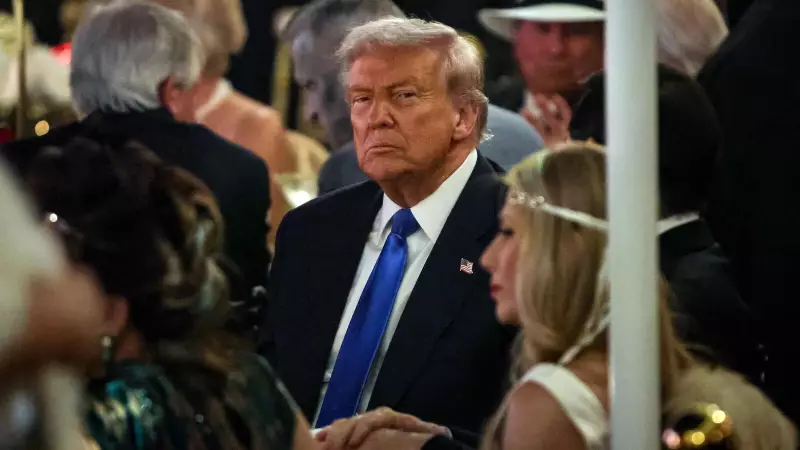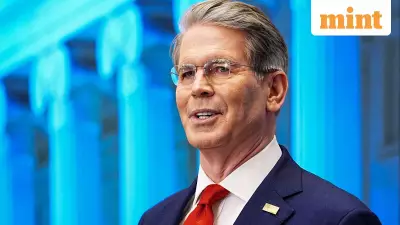
In a notable departure from his previous confrontational stance, former President Donald Trump has articulated a significantly different approach toward key Asian allies during his recent international engagements. The policy shift marks a substantial evolution in his foreign policy rhetoric, particularly concerning nations he previously targeted with economic threats.
From Economic Pressure to Strategic Partnership
During his Asia week engagements, Trump emphasized strengthened alliances with both Japan and South Korea, two nations that had frequently found themselves in the crosshairs of his tariff threats during his previous administration. This new tone suggests a strategic recalibration aimed at reinforcing traditional partnerships in the increasingly complex Asia-Pacific geopolitical landscape.
Building Bridges Where Walls Were Threatened
The policy evolution represents a dramatic turnaround from Trump's earlier positions, where he repeatedly suggested imposing substantial tariffs on imports from these allied nations. His current framework focuses on mutual cooperation and shared security interests, acknowledging the critical role these alliances play in maintaining regional stability.
Key aspects of Trump's renewed approach include:
- Emphasizing unwavering commitment to defense treaties with both Japan and South Korea
- Highlighting economic cooperation beyond the tariff framework
- Recognizing the strategic importance of these alliances in countering regional challenges
- Focusing on shared security concerns rather than bilateral trade imbalances
Geopolitical Implications and Regional Impact
This diplomatic pivot comes at a crucial moment in Asia-Pacific relations, where shifting power dynamics and emerging security challenges have created an environment requiring strengthened international cooperation. Trump's renewed emphasis on traditional alliances signals a potential return to more conventional foreign policy approaches, though with his characteristic unpredictability.
The policy shift has been noted by regional observers as potentially significant for several reasons:
- It may signal a more stable approach to Asian relations in future engagements
- It represents a departure from the economic nationalism that characterized earlier positions
- It acknowledges the growing complexity of security challenges in the region
- It could reshape how the US approaches its Pacific partnerships moving forward
This evolving stance demonstrates how political figures can substantially modify their international approach based on changing global circumstances and strategic reassessments. The coming months will reveal whether this represents a permanent policy evolution or a temporary tactical adjustment in Trump's foreign policy playbook.





